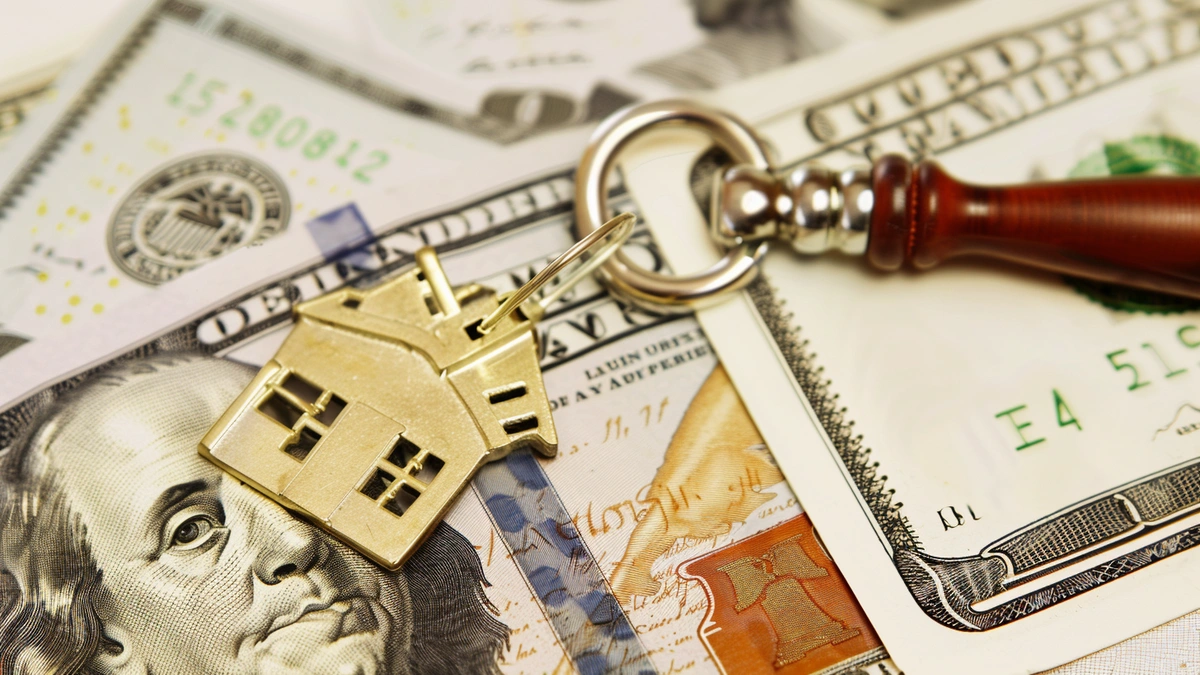Understanding the Spanish Real Estate Market

The Spanish real estate market is experiencing significant shifts, reflecting unique trends and challenges. By diving into the intricacies of this dynamic sector, we can explore vital aspects like housing supply, real estate regulations, market dynamics, and property tax implications. This article aims to provide insights that are beneficial for both investors and homeowners alike.
Key Trends in the Spanish Real Estate Market
Currently, the landscape of the Spanish real estate market reveals a remarkable imbalance between high demand and limited housing supply. The numbers tell a compelling story: home sales peaked at an impressive 650,000 in 2022, but by early 2024, that number had dropped to approximately 578,000. This steep decline highlights the increasing scarcity of homes, which consequently drives prices upward. From January to August 2024, sales of new homes increased by 7.7% year-on-year, while sales of existing homes saw a decline of 3.1%. Moreover, in the first half of 2024 alone, housing prices rose by 7.1% year-on-year, signaling a persistent lack of affordable options for buyers.
"The main imbalance in the real estate market today is the lack of housing supply, especially affordable housing," says industry experts at CaixaBank Research.
This upward trend in pricing and declining supply indicates not only a recovery from the economic downturn but also a returning investor confidence in the market. Experts predict that this trend will continue well into 2025, supported by ongoing job creation, increasing foreign investments, and stronger household finances across the board.
Broader Regional Insights for Housing Supply, Real Estate Regulations, Market Dynamics, and Property Tax

When examining the Spanish real estate market, it’s essential to consider regional variations. Urban centers, suburban areas, and rural landscapes all display distinct traits. In urban locations, property valuation methods have undergone adjustments due to new regulations, effectively changing market dynamics. For example, the introduction of a standardized 'reference value' for real estate transactions means property tax valuations must now closely adhere to this value—even if it exceeds actual market conditions. As of January 1, 2022, taxpayers are now legally required to base their tax declarations on this 'reference value', highlighting the complexities of the current tax landscape.
Impact of Real Estate Regulations
This new regulation has raised significant concerns among potential buyers regarding inflated tax liabilities. As one analyst pointed out, "The burden of proof has been reversed, fundamentally altering the framework for property taxes." Unfortunately, this alteration could make it difficult for buyers to contest inflated valuations effectively, creating new barriers that many haven't faced before.
Variation Across Regions
In suburban areas, homeowners experience a different set of dynamics. Here, tax incentives have been implemented to promote investment in property ownership. These incentives have effectively reduced costs for potential homeowners, shaping a market environment that contrasts sharply with urban centers. For instance, areas with far less competition see better housing options and favorable conditions for acquisition.
Moreover, experts warn that the legacy of the 2008 real estate bubble continues to affect current market dynamics. The same study highlights that "corruption scandals and inadequate planning oversight have led to violations of environmental and planning regulations." Such ongoing issues hinder effective urban development, which exacerbates the housing supply problem in many regions.
Actionable Insights for Property Owners
Navigating the intricacies of the Spanish real estate market requires strategic foresight. Here are some actionable insights that could benefit a wide audience of property owners:
- Stay updated on changing tax policies that could impact your property. A solid understanding of these regulations can save money in the long run.
- Leverage exemptions available under current regulations: This could provide significant financial relief.
- Regularly evaluate property valuations to ensure you're not overpaying taxes. For instance, around 20% of property owners were able to successfully reduce their tax burden by contesting valuation changes stemming from the new 'reference value' regulations, according to legal experts.
In summary, knowing the market and your rights can position you to make informed transactions and avoid unnecessary costs associated with property tax.
Conclusion
In conclusion, the Spanish real estate market is characterized by diverse trends influenced by housing supply, evolving real estate regulations, and changing market dynamics. Understanding these elements can empower both property owners and potential investors alike with invaluable knowledge.
By recognizing the broader trends in the Spanish real estate market and applying best practices, property owners can confidently navigate this evolving landscape and make well-informed decisions regarding their investments.
Useful Resources
"Experts predict that further interest rate hikes, potentially reaching **5%** in the second half of the year for variable-rate mortgages, will exacerbate these challenges."